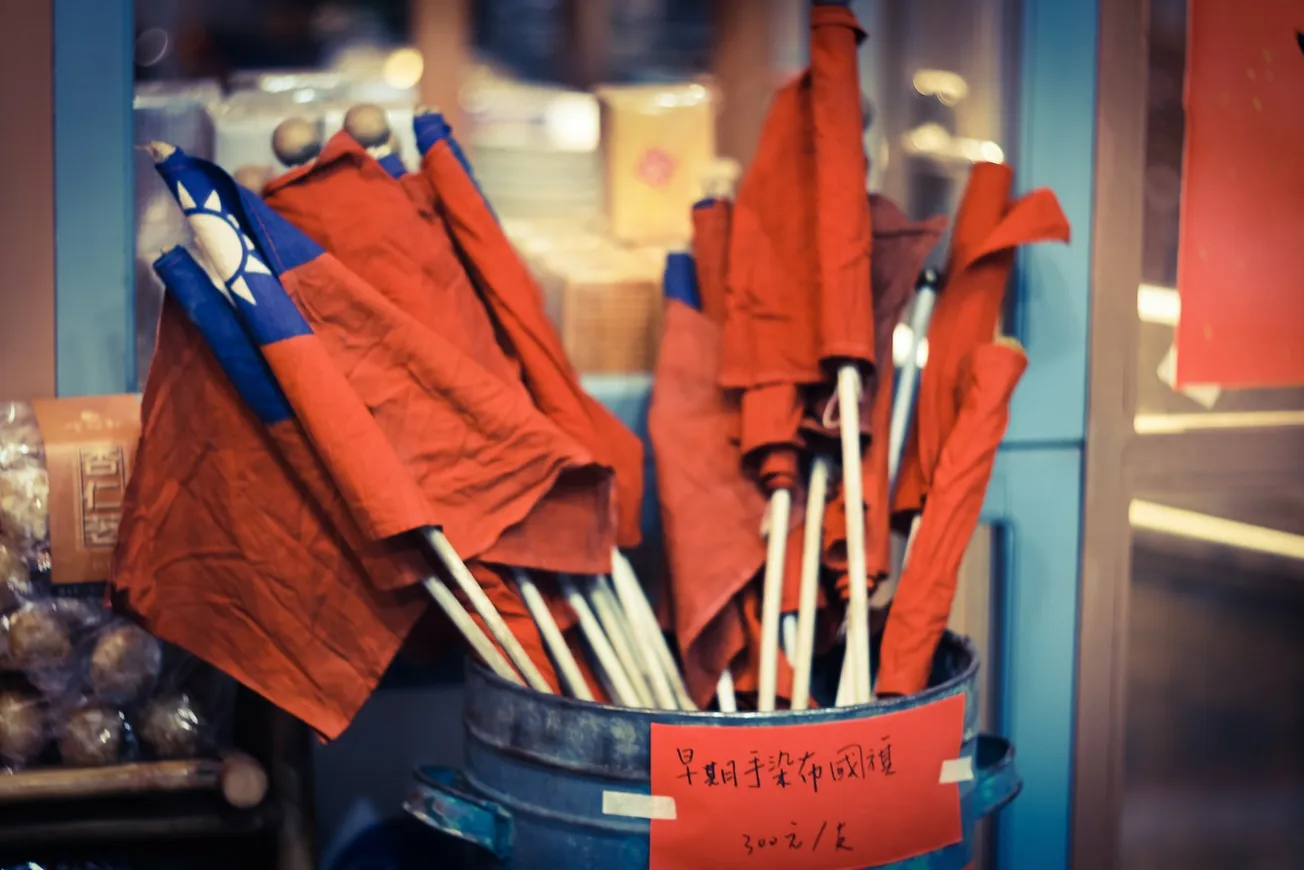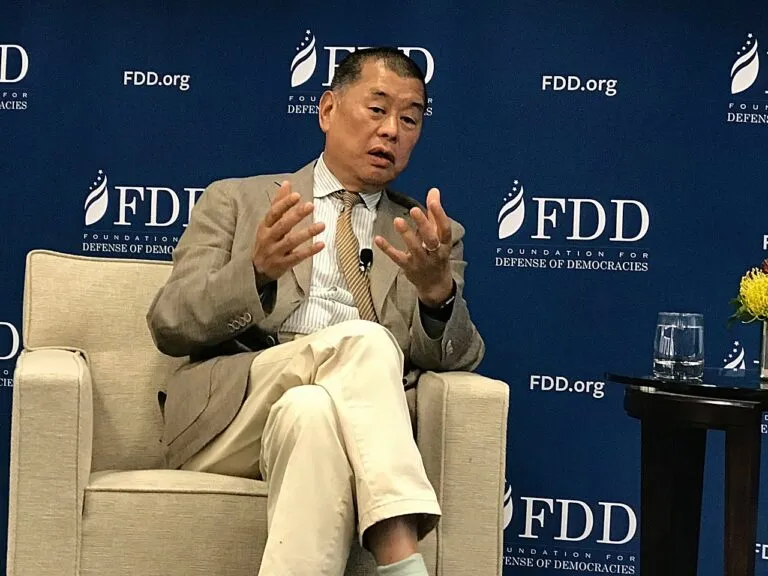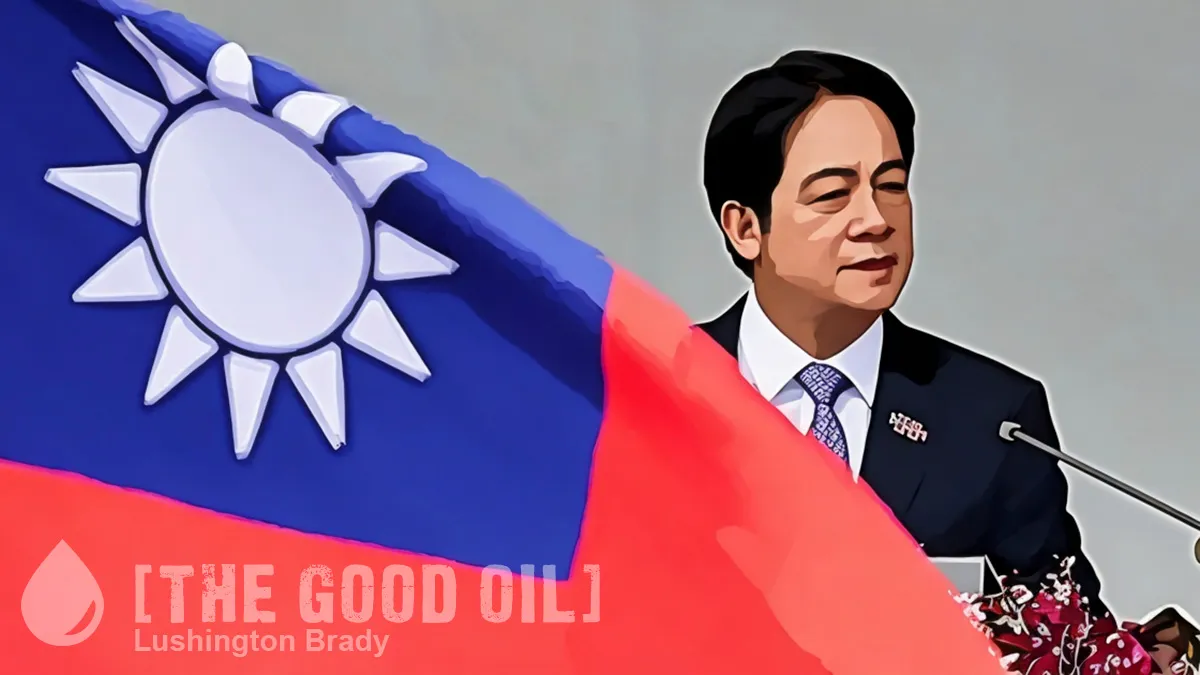Table of Contents
Many years ago, I worked with a young Chinese expat. One day he told me how, in China, he’d been a member of the Young Pioneers, the youth wing of the Chinese Communist Party. Then he came to Australia.
Many of the things he’d been told all his life, turned out to be lies. Tiananmen Square, for example, and the history of Tibet.
Then there’s the other of the Three Ts: Taiwan.
Chinese territorial claims over Taiwan often cite the history of the Ming dynasty warlord Koxinga, who made Taiwan his base of operations during his short-lived Kingdom of Tungning (1661-1683), or Taiwan’s formal incorporation into the Qing dynasty as a province in 1887.
Yet references to dynastic Chinese history to justify contemporary territorial claims are spurious.
Even if imperial China had had a valid claim to Taiwan, the People’s Republic of China does not. The PRC overthrew imperial China. It’s claim to Taiwan is as spurious as Australia claiming sovereignty over New Zealand, because it once belonged to the British Empire.
In any case, even imperial China’s claims on Taiwan were shaky.
Where Koxinga is concerned, while Chinese nationalists revere him as a historical figure seen as subjugating Taiwan for China, he was also half-Japanese. As a result, during Taiwan’s 50-year period under Japanese colonial rule, from 1895 to 1945 – another event that splits Taiwan’s history from that of the Chinese mainland – Koxinga was used to emphasise Japanese claims over Taiwan. Lastly, Koxinga is remembered as a genocidal Columbus-esque figure by Taiwan’s indigenous people, who had settled the land and were its original inhabitants long before Han settlers arrived.
Even during its incorporation under the Qing, China did not control all of the island of Taiwan, and it seemed uninterested in it as a territory. Hence it was ceded to the Japanese in 1895 after the Sino-Japanese war, only a short eight years after its incorporation.
Finally, do the Taiwanese people have no say in the matter?
Contemporary Taiwanese are almost universal in rejecting China’s claims to the island. A clear majority favour maintaining independence even in the face of a Chinese military invasion.
China otherwise touts three communiques between the US and China on Taiwan in the 1970s and 1980s, or the 1992 consensus between the CCP and Taiwan’s ruling Kuomintang (KMT), as more historically recent rationales for its claims over Taiwan. Yet the US and China did not come to any agreement on Taiwan in the three communiques. And China frequently conflates the US One China Policy, which acknowledges (but does not recognise) the PRC position that Taiwan is part of China, with its own One China Principle, which asserts that there is only one state that is China, which is the PRC, and that Taiwan is part of China.
The 1992 consensus was the result of a meeting between the KMT and the Communist party on the mainland.
The Guardian
But it must be remembered that this “consensus” may not have even existed. The KMT was a one-party dictatorship, driven out of mainland China by the victorious communists. The KMT’s one-party rule ended in 1996. Non-KMT parties have long questioned whether the agreement was a post-facto fabrication. Even the KMT interpreted the “One China” term differently to the CCP.
Whatever the legal status of this disputed “consensus”, the undeniable fact is that Taiwanese today are implacably opposed to a Chinese takeover.









